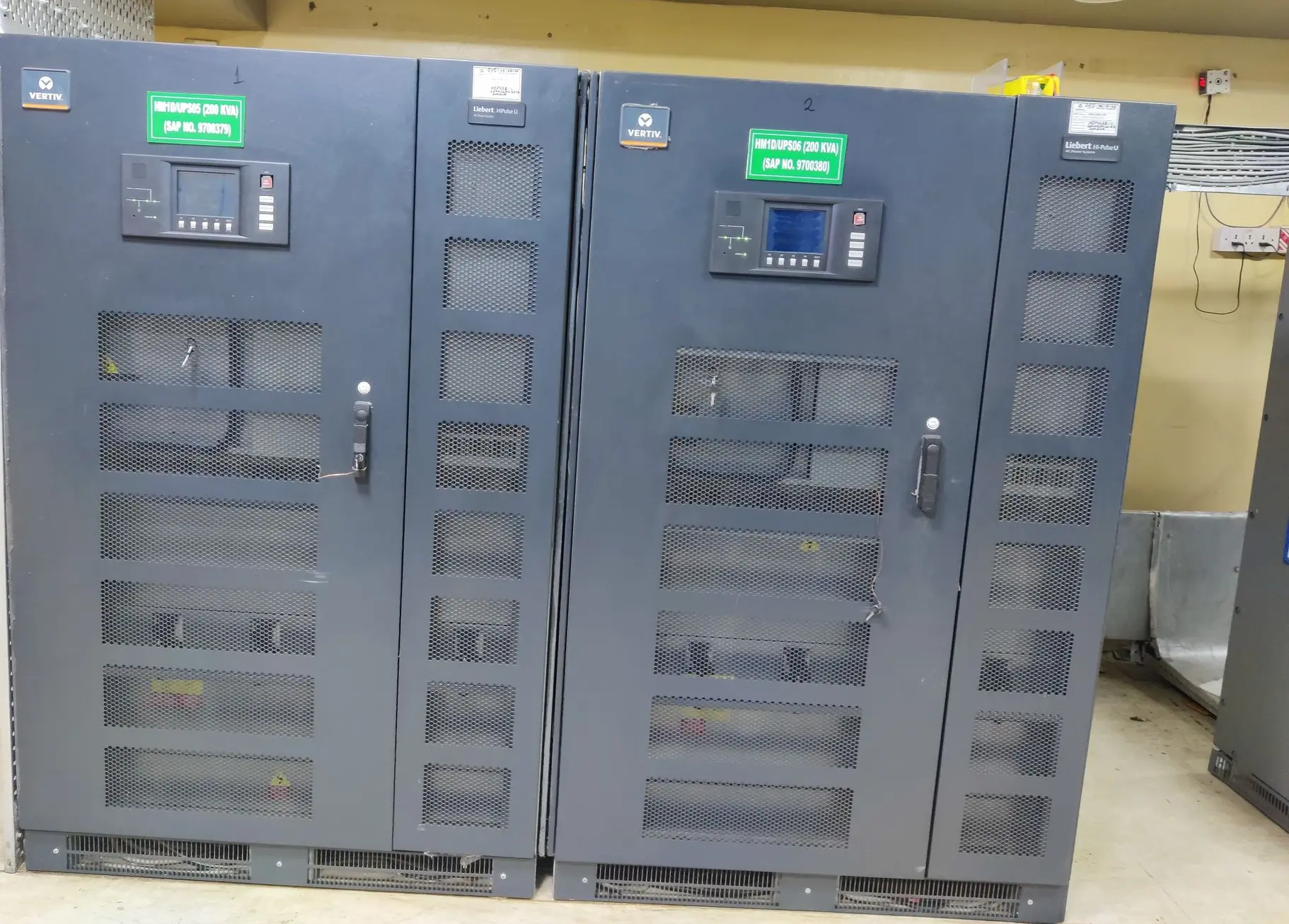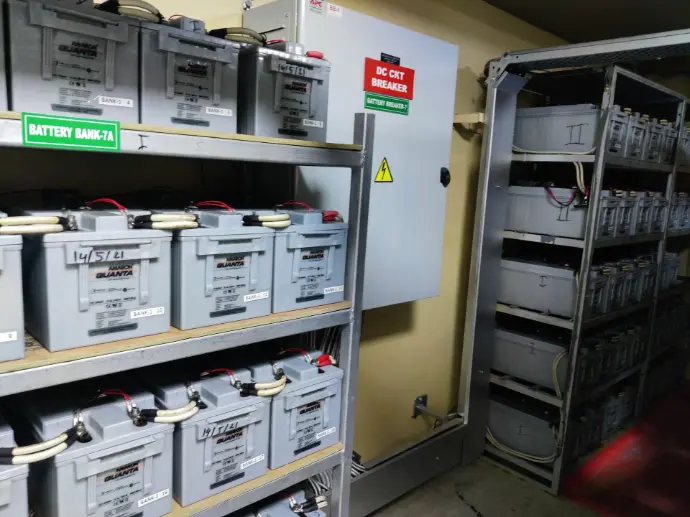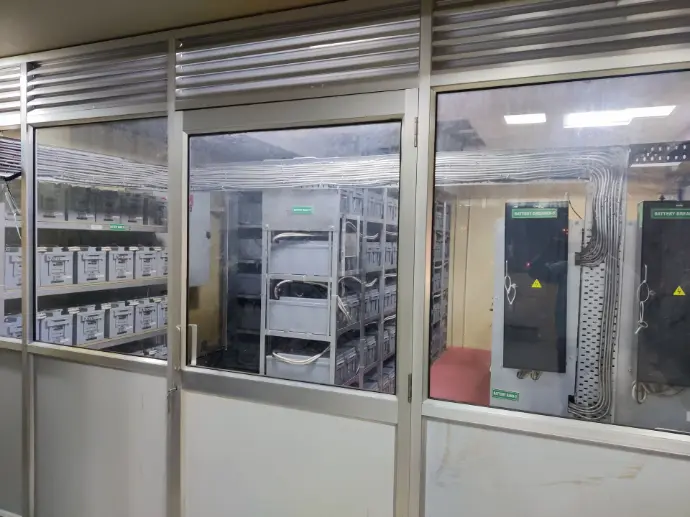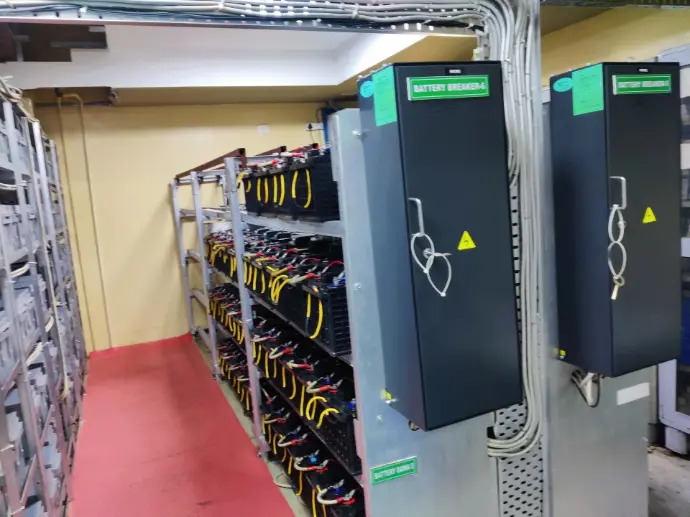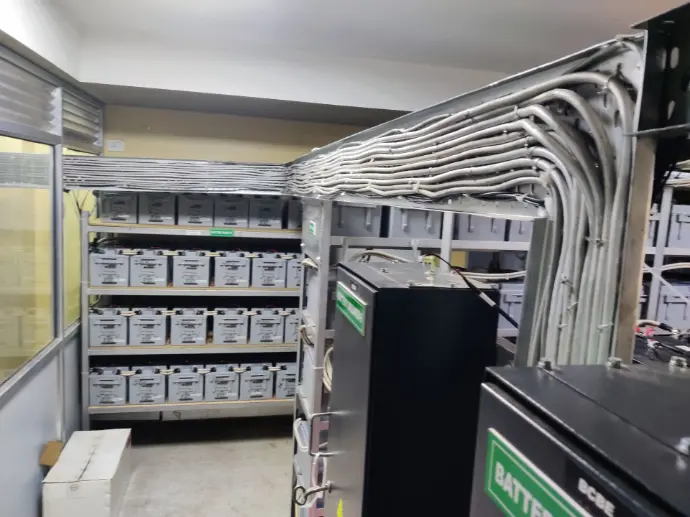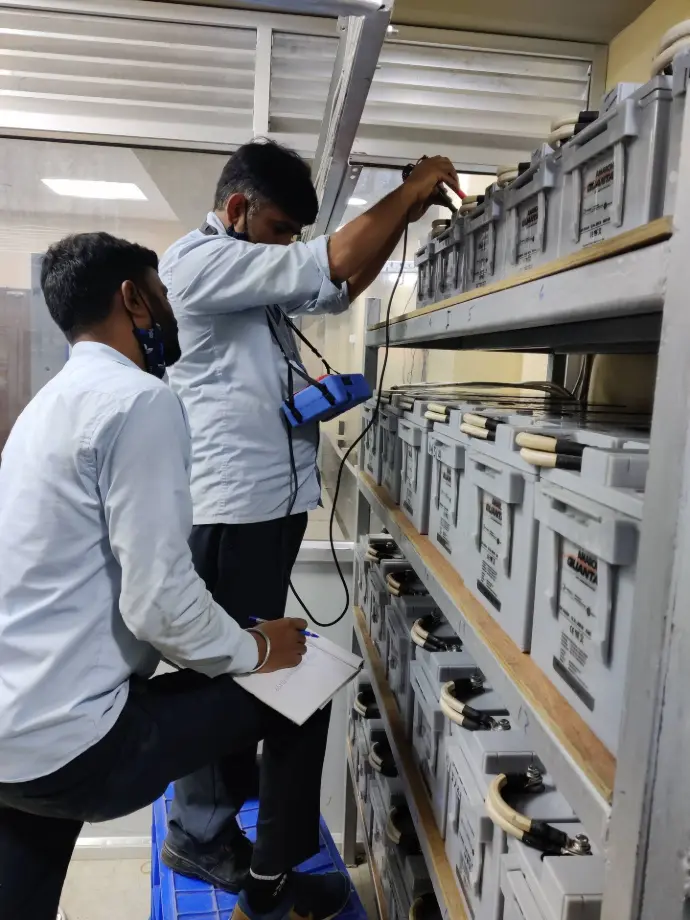Industrial UPS (Uninterruptible Power Supply) installation involves setting up a system to provide backup power to critical industrial equipment during power outages, ensuring continuous operation and preventing costly downtime. This process includes a thorough needs assessment, site survey, electrical assessment, and careful planning, followed by physical installation, battery connection, wiring, and rigorous testing.

Key Steps in Industrial UPS Installation:
- 1. Needs Assessment:
Determine the power requirements of the critical equipment that needs protection, including wattage and runtime needs. - 2. Site Survey:
Evaluate the installation location, considering space, ventilation, and access for maintenance. - 3. Electrical Assessment:
Verify the existing electrical infrastructure to ensure compatibility with the chosen UPS system. - 4. Installation Planning:
Develop a detailed plan outlining the UPS placement, cabling routes, and connections to the load and power source. - 5. Physical Installation:
Mount the UPS unit, ensuring proper securing and ventilation. - 6. Battery Installation:
Install and connect the batteries, ensuring proper configuration and connection. - 7. Wiring and Connections:
Connect the UPS to the power source and the critical equipment, adhering to electrical codes and standards. - 8. Testing:
Conduct thorough testing of the UPS system, including load tests, bypass functionality, and power continuity checks. - 9. Commissioning:
Ensure all aspects of the installation are properly commissioned and documented. - 10. Maintenance:
Establish a maintenance plan for regular servicing and upkeep of the UPS system.
Important Considerations:
- Regulations:
Adhere to local and national electrical installation regulations during the installation process. - Cable Sizing and Installation:
Use correctly sized cables to prevent overheating and potential fire hazards. - Earthing:
Implement proper earthing to ensure personnel safety and equipment protection. - Bypass Switch:
Install an external bypass switch to allow for maintenance and servicing without disrupting the load. - Redundancy:
Consider redundancy options for critical applications, such as parallel UPS systems. - Training:
Provide user training on the operation and maintenance of the UPS system.
By carefully following these steps and considerations, a robust and reliable industrial UPS installation can be achieved, providing essential power protection for critical industrial equipment.
This video demonstrates the installation process of a UPS system at a site, including the power flow and input/output connections
